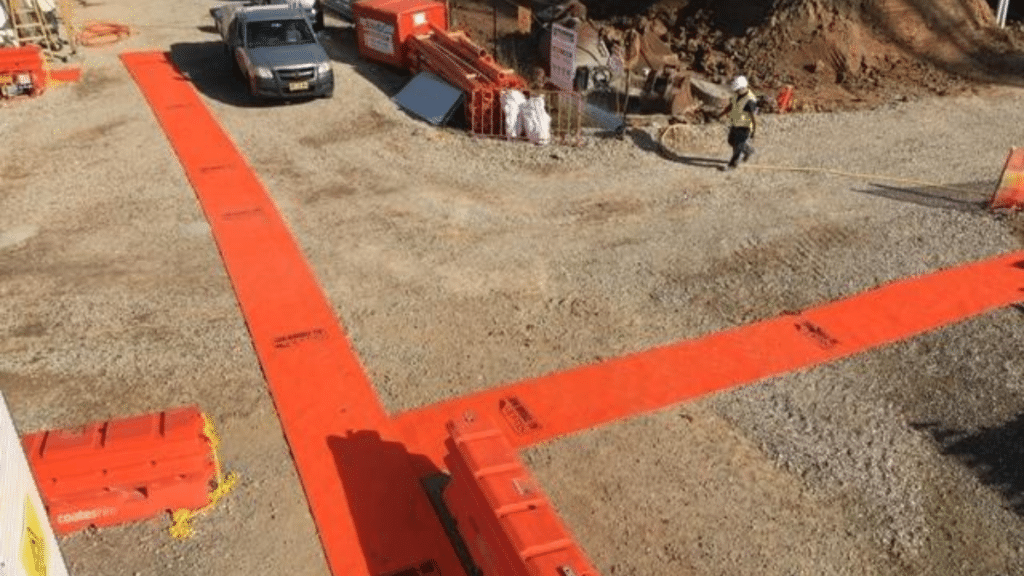As climate change accelerates, industries around the globe are forced to rethink how they design, build, and maintain critical infrastructure. The construction sector, long seen as a major contributor to environmental degradation, is now at the forefront of adaptation and resilience efforts. One surprisingly vital tool in this shift? The construction mat.
Why Climate-Resilient Infrastructure Matters
Climate-resilient infrastructure isn’t just about building stronger bridges or higher levees. It’s about designing systems that can adapt to unpredictable and extreme environmental conditions — rising sea levels, more frequent flooding, severe droughts, and unprecedented storms. The goal is not only to survive these events but to recover quickly and continue serving communities without major disruptions.
Traditional construction methods often fail under new climate realities, leading to costlier repairs, longer downtime, and greater environmental harm. That’s why the materials and methods used in construction projects are under closer scrutiny than ever.
The Critical Role of Construction Mats
At first glance, a construction mat might seem like a simple accessory: a heavy-duty platform that provides stability for machinery and workers in challenging terrains. However, when considering resilience, the humble mat plays a much bigger role.
By stabilizing soft, muddy, or uneven ground, construction mats reduce the risk of soil compaction and erosion — both of which are exacerbated by extreme weather events. When heavy equipment operates without proper ground support, it damages the land, making it more susceptible to flooding, runoff, and landslides. In contrast, mats act as a protective barrier, maintaining soil structure and promoting better drainage.
Moreover, construction mats create temporary, eco-friendly access roads in delicate ecosystems. In flood-prone or coastal areas where infrastructure projects must proceed carefully to avoid ecological damage, mats minimize disruption to natural waterways and vegetation.
Mats as a Platform for Innovation
The future of the construction mat isn’t just wood or composite anymore. Companies are investing in mats made from recycled plastics, hybrid composites, and materials that can be integrated with sensors. Imagine mats that can detect shifts in ground pressure, monitor moisture levels, or signal early warnings for potential collapses — all in real-time.
Such smart mats could become crucial in post-disaster recovery zones where conditions are volatile and data is scarce. They offer immediate stabilization while providing essential information to engineers, helping them make smarter decisions faster.
Construction Mats in Renewable Energy Projects
Another arena where construction mats show their climate relevance is in renewable energy development. Wind farms, solar farms, and hydropower projects often require access across undeveloped or sensitive terrains. Mats provide the necessary ground support for transporting massive turbine parts or installing heavy panels without causing long-term environmental degradation. In doing so, they indirectly accelerate the global transition to cleaner energy systems.
Climate change demands new thinking at every level of construction — from blueprints to building blocks. The construction mat may not often make headlines, but it has quietly become a frontline player in ensuring that the infrastructure of tomorrow is tougher, smarter, and greener. By protecting vulnerable ground, enabling access in challenging environments, and evolving into intelligent tools, mats are proving that even the most unassuming components have a critical role to play in building a resilient future.
